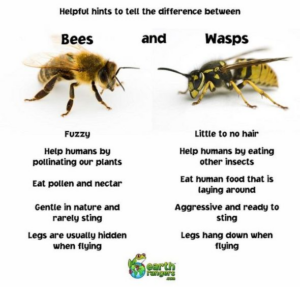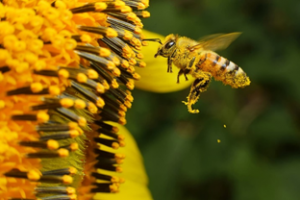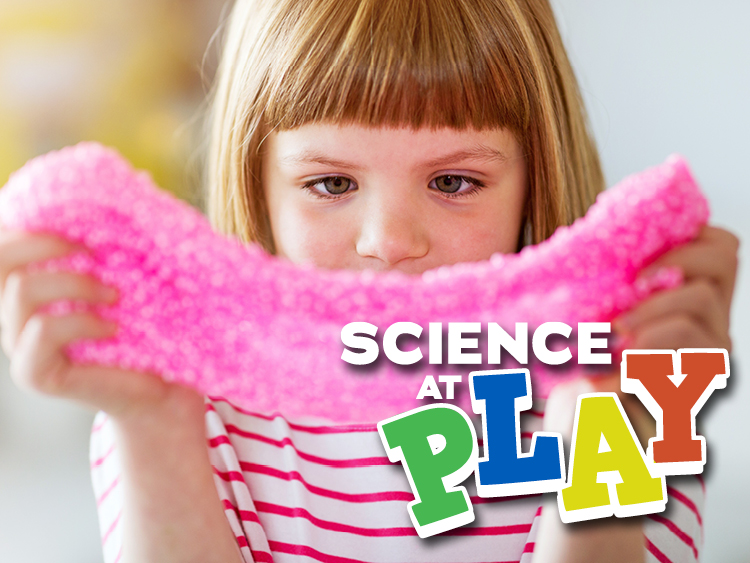While you are winding down your summer activities, getting ready to head back to school, and thinking about the cooler weather, let me introduce you to some of our native pollinating bees and give you some tips and tricks on how you can help them prepare for the cooler weather as well.
A quick note about bee safety: Most native bees and honey bees will not sting unless provoked or threatened. HOWEVER, it is always best to exercise caution and not touch wild animals. Please observe these fascinating creatures from a safe distance and beware of wasps who may sting unprovoked and will aggressively guard their nests.

If you love fruits and veggies, thank honeybees
Honeybees are not native to North America; these beautiful bees have been imported from Europe and Asia for honey production and crop pollination, and are now found worldwide. They are generally docile and will only sting when threatened. Honeybees are incredibly important to our agricultural system and hives are transported to different agricultural areas throughout the spring and summer to pollinate crops. If you like almonds, apples, watermelon, squash, peaches, and pears, you have honeybees to thank for them!
When honeybees feel too crowded in their hives, they will swarm. This swarm will split the hive, with one half staying behind in their current location, and the other half flying off to find a new home. If you happen to find a honeybee swarm, do not panic. Call your local beekeeping association; a qualified member should be able to remove the swarm. Honeybees that swarm are usually full of honey that they ate in preparation for a long flight and are calmly waiting to pick a spot for their new home.
If you are interested in keeping your own honeybees, the Eastern Connecticut Beekeeping Association and the Connecticut Beekeeper’s Association are both excellent resources.
Be lazy with your fall lawn care for bees’ sake
You may have seen our native bumblebees on the clover flowers that grow in your lawn. Take it easy when it comes to raking up leaves in the fall: bumblebee queens spend winters under the leaves, nesting underground or in and under plants. If you have a garden and you love cucumbers, peppers, tomatoes, strawberries, blueberries, or squash, you should encourage bumblebees to nest in your yard because they pollinate these delicious fruits and veggies.
 Next up we have mason bees and leafcutter bees. Aren’t they adorable? Mason bees and leafcutter bees are both solitary bees; they do not form hives as honeybees do. Instead, they lay their eggs inside openings of dead flower stalks, raspberry stalks, and inside the stems of some ornamental grasses. Mason bees will lay an egg, leave behind pollen and nectar for the developing bee larva to eat, and then seal the stalk off with mud. Leafcutter bees do things very similarly, but they seal their eggs’ homes with leaves! Don’t be too hasty to trim back the dead stalks in your garden in the fall: there may be mason bee or leafcutter bee eggs and larvae inside.
Next up we have mason bees and leafcutter bees. Aren’t they adorable? Mason bees and leafcutter bees are both solitary bees; they do not form hives as honeybees do. Instead, they lay their eggs inside openings of dead flower stalks, raspberry stalks, and inside the stems of some ornamental grasses. Mason bees will lay an egg, leave behind pollen and nectar for the developing bee larva to eat, and then seal the stalk off with mud. Leafcutter bees do things very similarly, but they seal their eggs’ homes with leaves! Don’t be too hasty to trim back the dead stalks in your garden in the fall: there may be mason bee or leafcutter bee eggs and larvae inside.

However, if you do want to tidy up your garden, take any trimmed stalks and place them upright wherever you compost your leaves. As long as the stems stay upright, the young bees will still be able to emerge in the spring. Mason bees are excellent pollinators for flowering fruit trees, berry plants, and nut trees. Leafcutter bees are used commercially to pollinate blueberries, onions, and carrots.
Create a pollinator-friendly environment
If you would like to encourage more local bees to visit your yard, plant a variety of native plants that blossom at different times. This way there will be a constant supply of nectar and pollen for bees. CT.gov recommends native plants such as wild geranium, highbush blueberry, swamp milkweed, New Jersey tea, New England aster, and wrinkleleaf goldenrod to support pollinators throughout the seasons.
You can also provide nesting habitats for native bees by leaving out logs that have holes drilled into them; hollow reeds scattered or collected in an open box that will shelter them from the rain for mason bees and leafcutter bees, or piles of leaf litter for bumblebees to nestle into.
The Connecticut Department of Transportation (DOT) has designated highway corridors as minimal mowing areas to promote the growth of wildflowers to feed pollinators, making our commutes a little more beautiful.

Jessie Scott is a STEM Educator who enjoys encouraging students’ enthusiasm for science. She teaches classes to students visiting the Science Center and brings STEM lessons to schools across Connecticut. Jessie completed her Master of Science degree in Microbiology at Dartmouth College and worked as a science educator at the Montshire Museum of Science before coming to the Connecticut Science Center. Her scientific interests are: biology – how living things have adapted different strategies to survive in their environments, insects, and plants. In her free time, Jessie likes to go rock climbing, hiking, and skiing.






